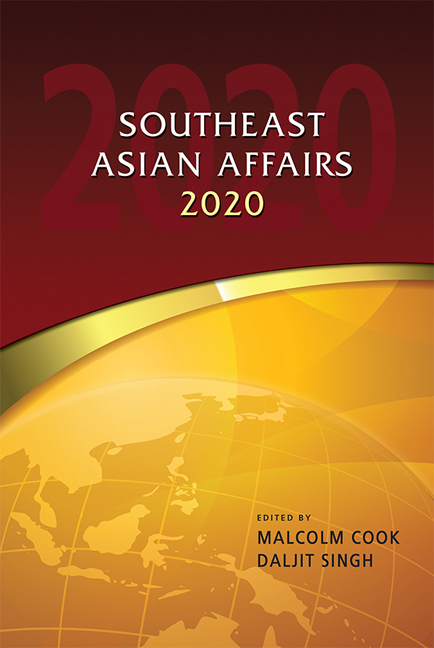FutureâForward? The Past and Future of the Future Forward Party
Published online by Cambridge University Press: 24 November 2020
Summary
In 2019, Thailand held its first election in eight years, a period that included five years of military rule. While Pheu Thai won the most seats—as it has in every election since 2001, under several different guises—in second and third place were two new parties. The second-placed party, Palang Pracharat (PPRP), was a party supported by the military regime, comprised largely of former members of parliament (MPs) who had been members of other political parties in the past. Palang Pracharat thus tended to replicate the campaign tactics that had previously secured victory for its MPs in past elections, while also relying on strong support from the state. Although Palang Pracharat garnered the most votes overall, it fell behind Pheu Thai in terms of parliamentary seats. In third place was another new party, Anakhot Mai (lit. New Future), known in English as the Future Forward Party.
Future Forward pursued a campaign strategy that was largely novel in Thai politics. Analysts have observed that the party carefully cultivated an image centred on its leader, Thanathorn Juangroongruangkit, as representative of the party's aspirations. According to these analysts, many cast their votes for Future Forward candidates because of the image of the leader and the policies of the party, while the qualifications of the individual Future Forward candidates were of little import. Future Forward was also seen as banking its chances for electoral gold on the use of social media to court young voters.
Some analysts would thus describe Future Forward as a new type of party: one built for social media, particularly the young people who spend significant time on it. If this is the case, we may expect to see substantial changes in how other political parties operate, given the success of Future Forward. And since the government is composed of political parties, these changes may eventually reshape the political system in Thailand. In this chapter, I will examine the novelty of Future Forward, the role of Thanathorn, and the function of social media in the party's campaign. I will conclude by considering the future of Future Forward and whether it establishes a new model for political parties in Thailand.
- Type
- Chapter
- Information
- Southeast Asian Affairs 2020 , pp. 355 - 378Publisher: ISEAS–Yusof Ishak InstitutePrint publication year: 2020



